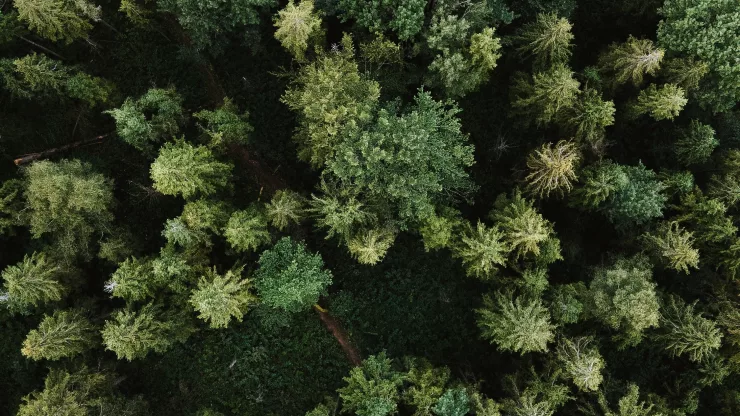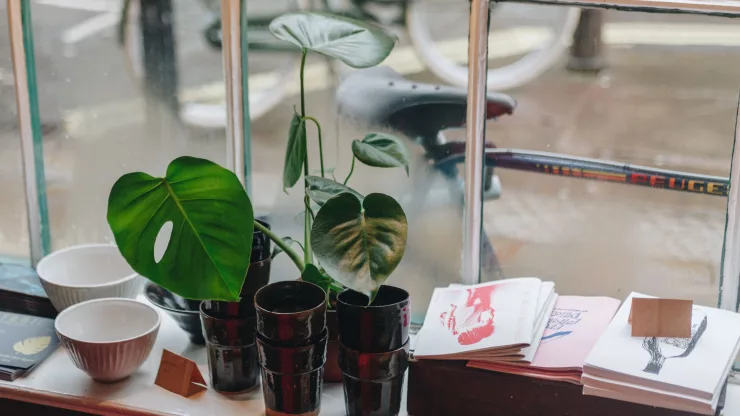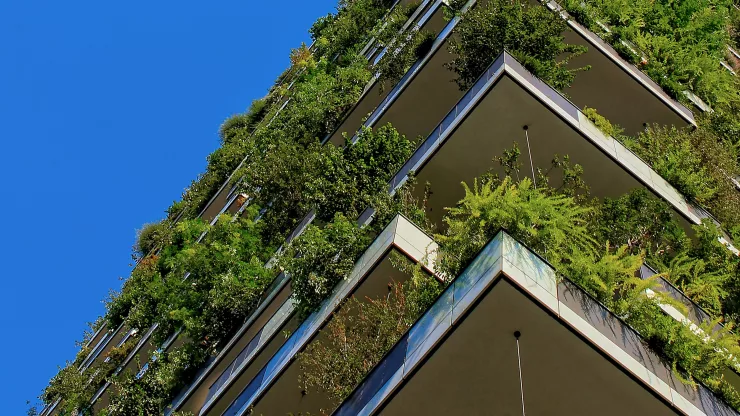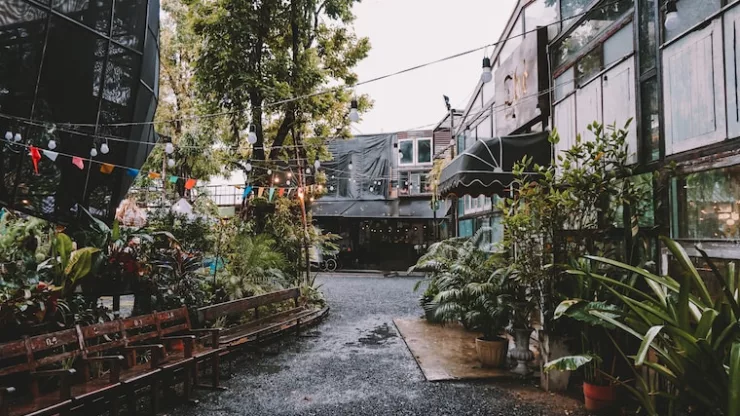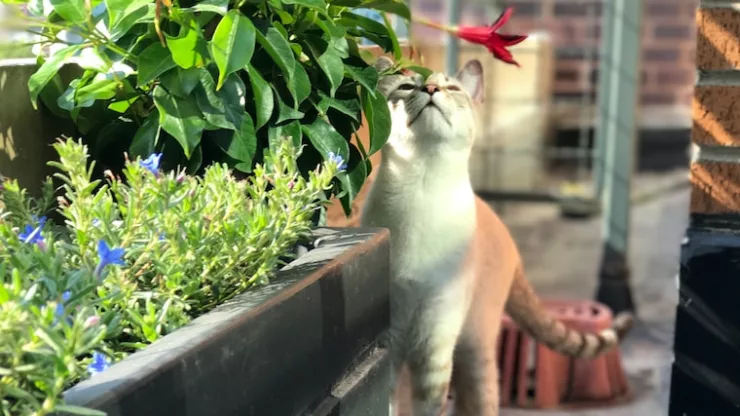Jump to Section
The Importance of Urban Green Spaces
As cities continue to expand, the need for urban green spaces has become more apparent.
Urban green spaces are areas within cities that are dedicated to preserving nature and providing habitats for wildlife.
These spaces can range from small parks to large nature reserves, and they offer a range of benefits to both humans and animals. In this article, we will explore the benefits and challenges of creating urban green spaces for wildlife, as well as some strategies for creating sustainable green spaces that benefit both the environment and the community.
Benefits: How Urban Green Spaces Impact Wildlife
Urban green spaces offer a range of benefits to wildlife, including:
-
Habitat creation: Urban green spaces provide habitats for a range of wildlife, including birds, mammals, and insects.
These spaces offer shelter, food, and breeding grounds for many species, helping to support local biodiversity.
-
Migration corridors: Many urban green spaces are connected by green corridors, which provide safe pathways for animals to move between habitats.
These corridors are essential for maintaining healthy populations of wildlife in urban areas.
-
Pollution reduction: Urban green spaces help to reduce pollution by absorbing carbon dioxide and other pollutants from the air.
This can improve air quality and reduce the impact of climate change on wildlife.
Challenges: Balancing Urbanization and Wildlife Conservation
Creating urban green spaces for wildlife can be challenging, particularly in densely populated areas. Some of the challenges include:
-
Limited space: Finding enough space to create urban green spaces can be difficult in densely populated cities.
This can make it challenging to create large areas of green space that are suitable for wildlife.
-
Maintenance: Maintaining urban green spaces can be expensive, and many cities struggle to find the resources to keep these spaces in good condition.
This can make it difficult to provide suitable habitats for wildlife.
-
Urbanization: As cities continue to expand, they often encroach on natural habitats, making it difficult for wildlife to thrive.
This can create a conflict between urbanization and wildlife conservation.
Solutions: Strategies for Creating Sustainable Urban Green Spaces
Despite the challenges, there are many strategies that cities can use to create sustainable urban green spaces that benefit both wildlife and the community.
Some of these strategies include:
-
Designing green spaces for multiple uses: By designing green spaces that can be used for recreation, education, and wildlife conservation, cities can maximize the benefits of these spaces while minimizing their impact on the environment.
-
Incorporating green roofs and walls: Green roofs and walls can provide additional habitat for wildlife while also helping to reduce pollution and improve air quality.
-
Creating community partnerships: By working with local communities, cities can create sustainable urban green spaces that are supported by the community.
This can help to reduce maintenance costs and ensure that these spaces are well-used and well-maintained.
FAQ
What are some examples of successful urban green space projects?
- High Line Park in New York City
- Millennium Park in Chicago
- Gardens by the Bay in Singapore
How can I get involved in creating urban green spaces in my community?
- Volunteer with local conservation organizations
- Attend community meetings and advocate for green space projects
- Plant a garden or create a wildlife habitat in your own backyard
What are some of the benefits of urban green spaces for humans?
- Improved mental health
- Increased physical activity
- Improved air and water quality
Creating sustainable urban green spaces for wildlife is essential for maintaining healthy ecosystems in our cities.
By balancing urbanization with wildlife conservation, cities can create spaces that benefit both humans and animals.
By working together, we can create a more sustainable future for our cities and the environment.
I’m a nature enthusiast and creator of Metro Wilds and have spent years exploring the great outdoors.
With a passion for environmental conservation and sustainability, I have dedicated my career to writing about the beauty and wonders of nature, as well as the threats facing our planet.
Contact me at [email protected] for assistance.

